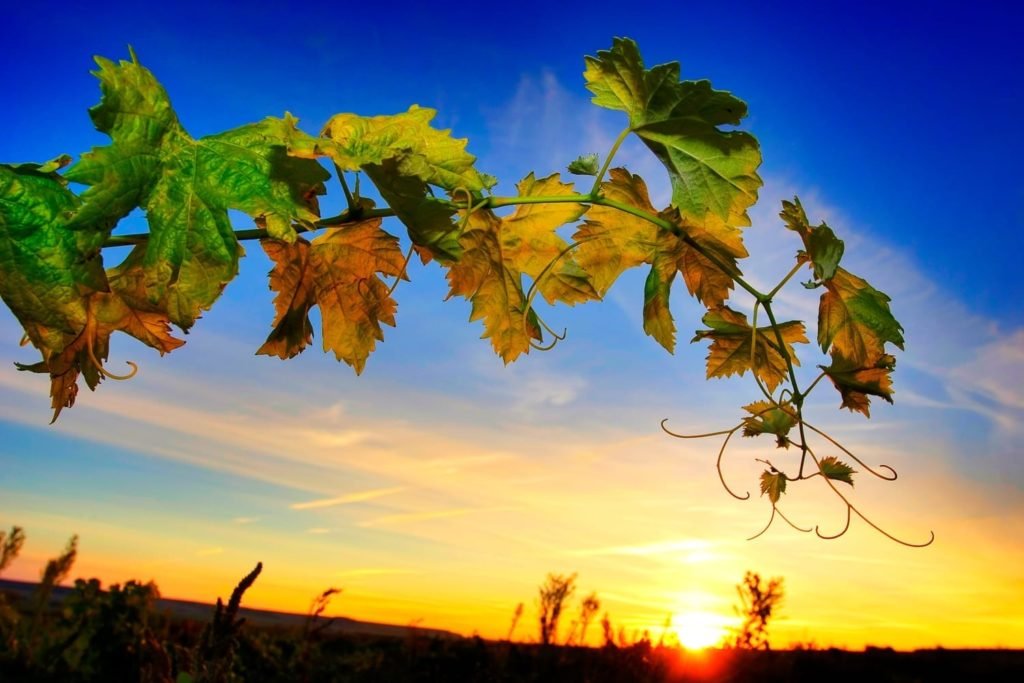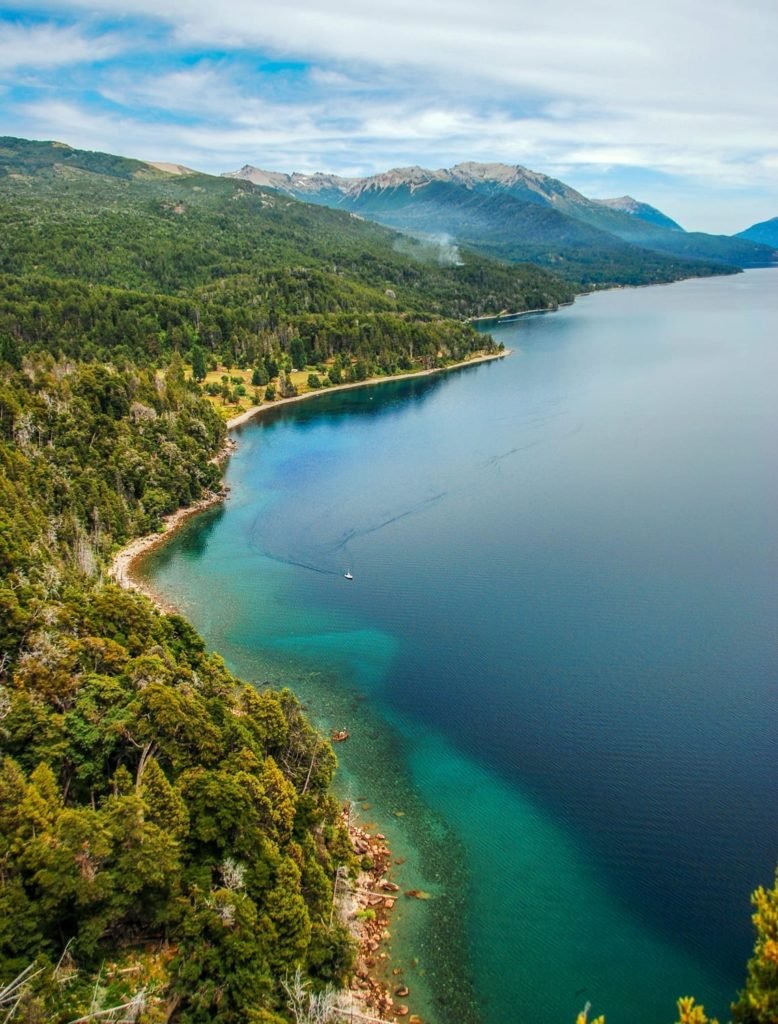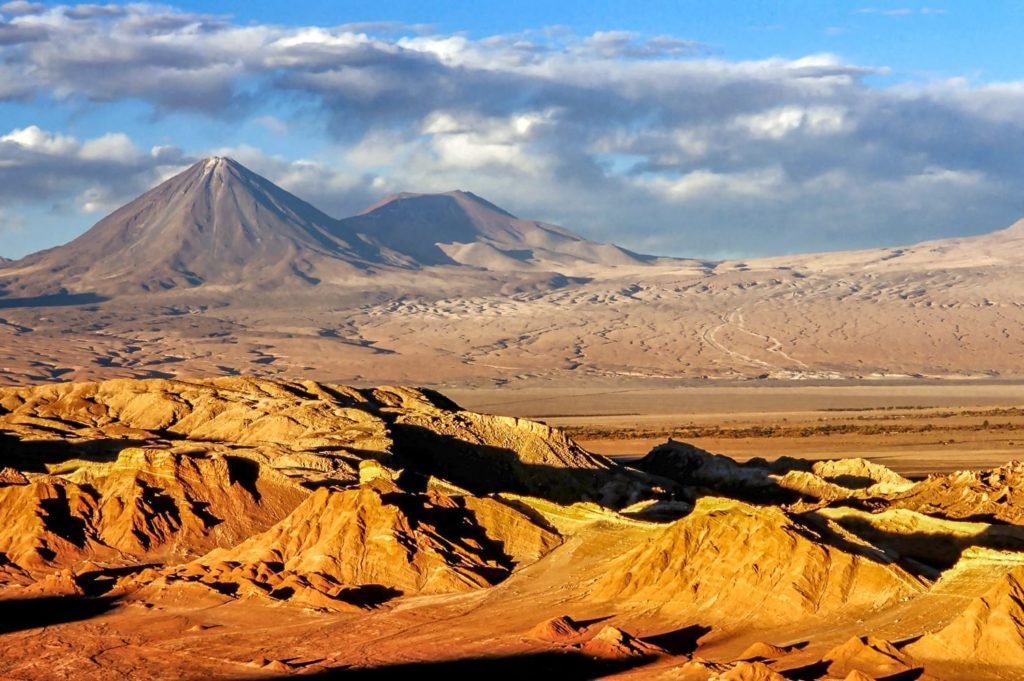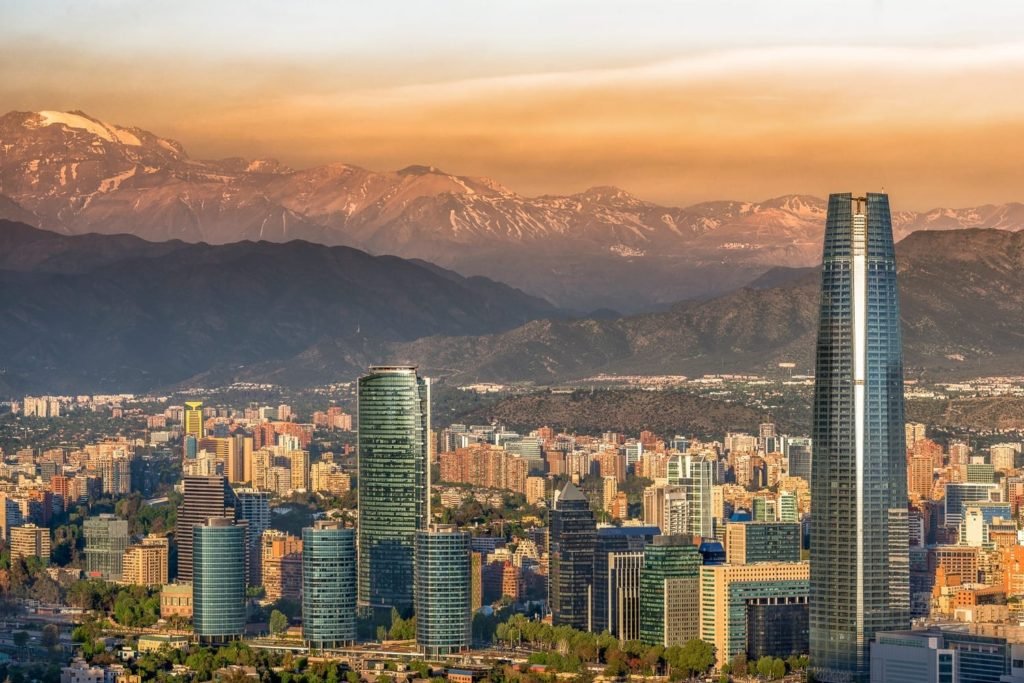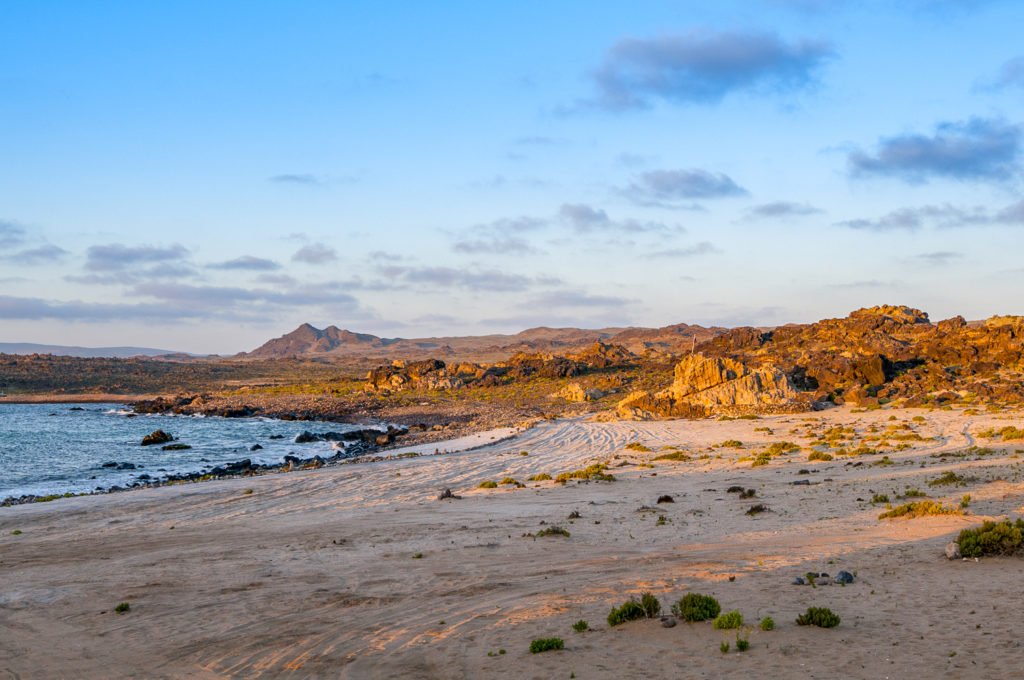Page Menu
La Serena: Serene One
La Serena—The Serene One—is one of Chile’s most beloved beach destinations. Over a dozen pale-sand beaches extend up and down the coast, inviting you to stroll, sunbathe, and enjoy the sunset. Many of these beaches are ideal for swimming—gentle waves and shallow, sandy bottoms extending up to 50 yards from shore. The cooling Humboldt Current flows farther from shore along this latitude, resulting in warmer waters than those found farther south.
This unmistakably colonial city was founded in 1544 near the mouth of the Elqui River. More than 30 churches, including an 1856 neo-classical cathedral, punctuate the carmine-on-white historic district. A few blocks east of the tidy Plaza de Armas, the well-stocked archeological museum features over 12,000 Pre-Columbian pieces, including a moai from Easter Island. Avenida del Mar, the city’s coastal thoroughfare, is crenelated with resort hotels and condo towers.
Norte Chico
El Norte Chico—Little North—the region surrounding La Serena is renowned for its atmospheric clarity. Dry air, negligible cloud cover, and the Andean altitude combine to create world-class stargazing conditions. A constellation of seven major observatories marks the region’s peaks. Some of the purely scientific facilities, such as Cerro Tololo and La Silla, allow daylight visits on Saturdays between September and June. Others focus on public education, encouraging visitors to gaze through high-powered telescopes at the brilliant southern sky.
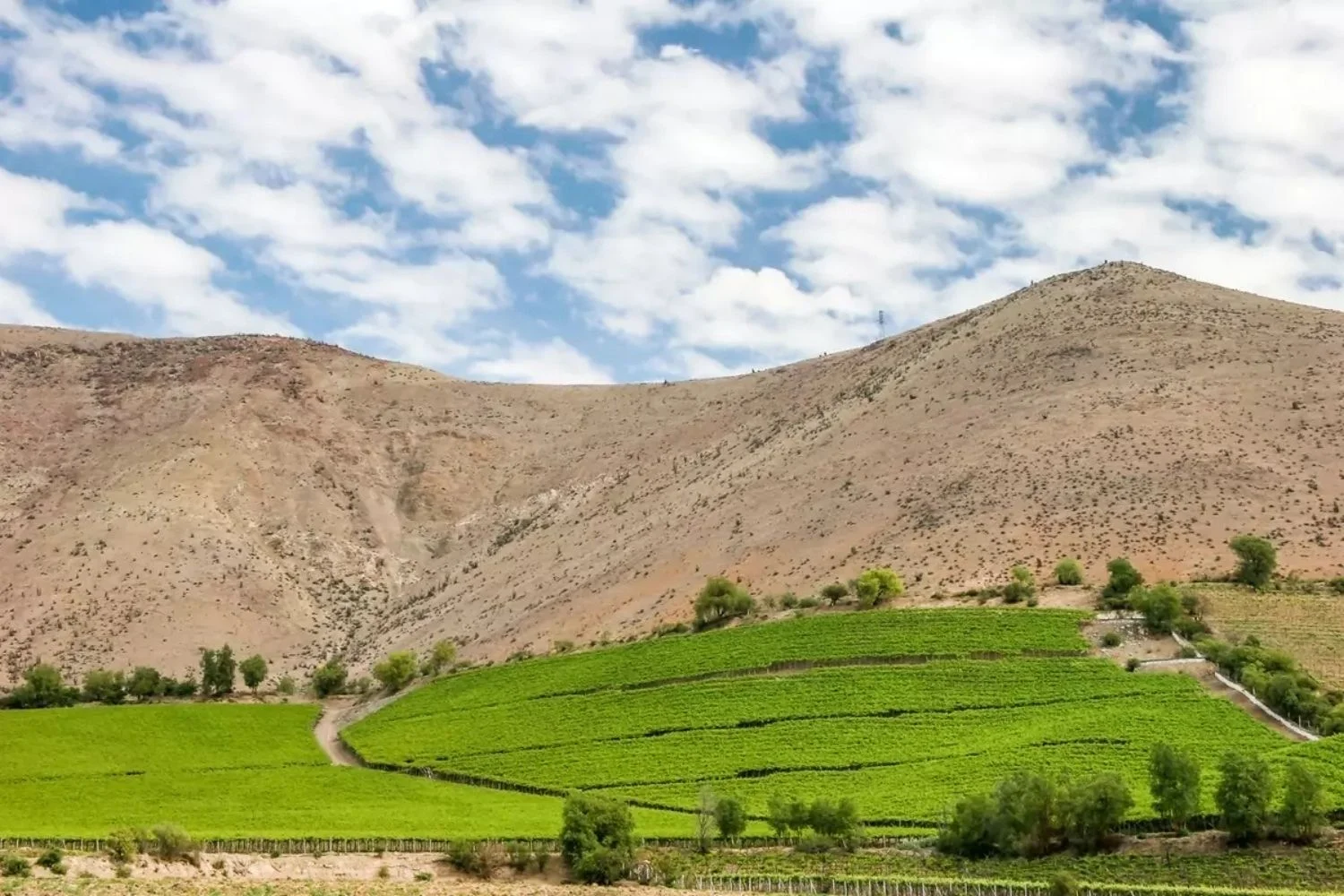
Humbolt Penguin National Reserve
The Humboldt Penguin National Reserve, 62 miles north of La Serena, is a three-island protected zone where visitors can observe these fauna, as well as migrating baleen whales. Bottlenose dolphins, sea lions, sea otters, and Humboldt penguins thrive on this coast.
El Valle del Elqui
The Elqui Valley, 55 miles east of La Serena, produces fine pisco—a grape brandy ranging in color and intensity from clear to deep amber. The Elqui is a top destination for those seeking spiritual renewal—meditation, yoga, astrology, and natural healing techniques are taught in the valley town of Montegrande.
The Flowering Desert
Another spectacular display—this one terrestrial—arrives every four or five years from August to November. When winter rains are sufficient, dormant desert wildflowers awaken in an explosion of color. More than 200 species bloom in alternating waves, a phenomenon known as the Desierto Florido or Flowering Desert.
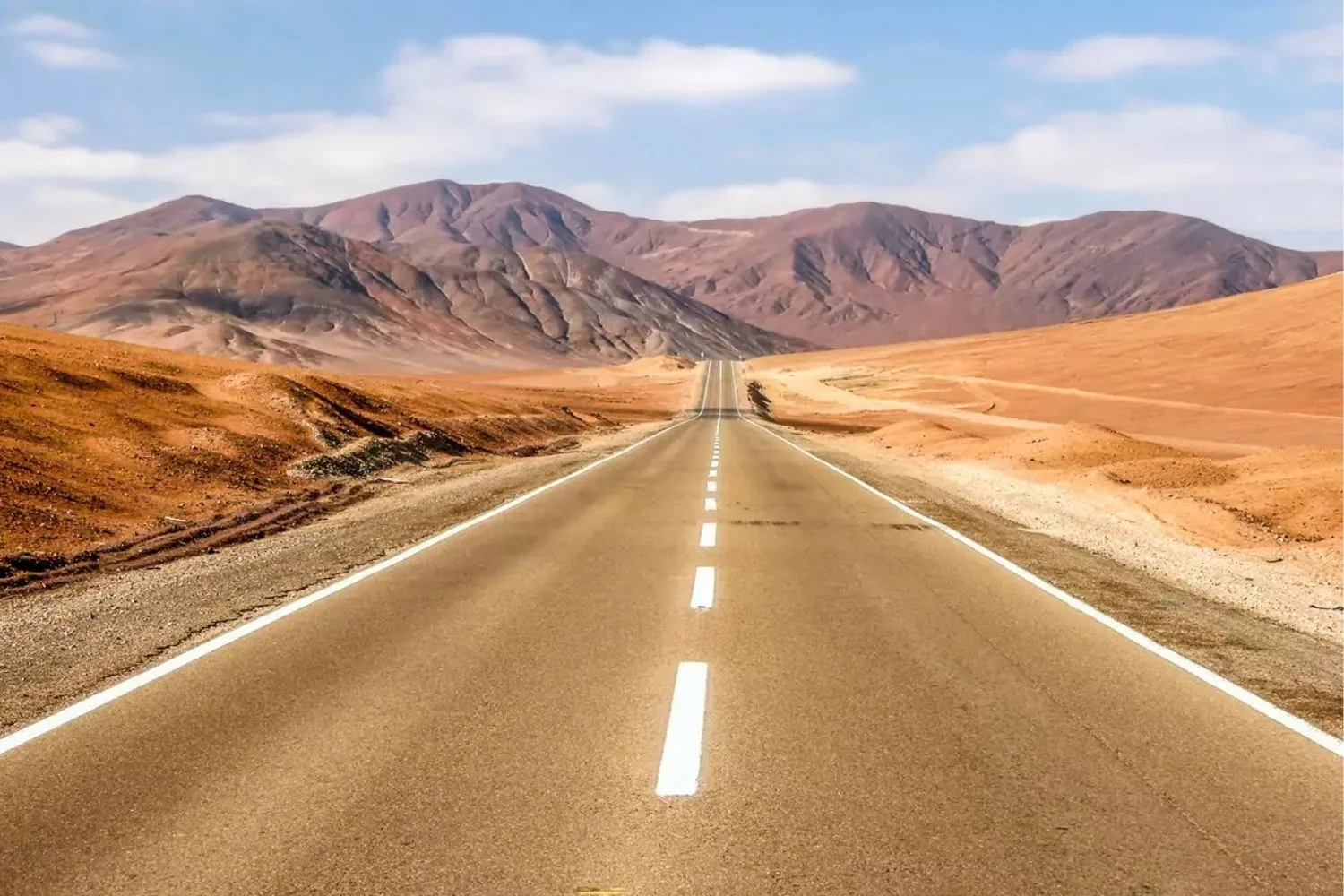
What to do in La Serena & Norte Chico
La Serena is better known as a beach destination. Among other activities, visitors to this beautiful region can enjoy:
- Stargazing
- Tours of astrology observatories
- Horseback riding
- Biking
- Vineyard and distillery tours and tastings
- Vineyard picnics
- Whale watching
- Meditation and yoga
- Native healing techniques
- Visit Avenida del Mar Archeological Museum
- Stroll the Plaza de Armas
- World-class stargazing
- Visiting the Humboldt Penguin National Reserve
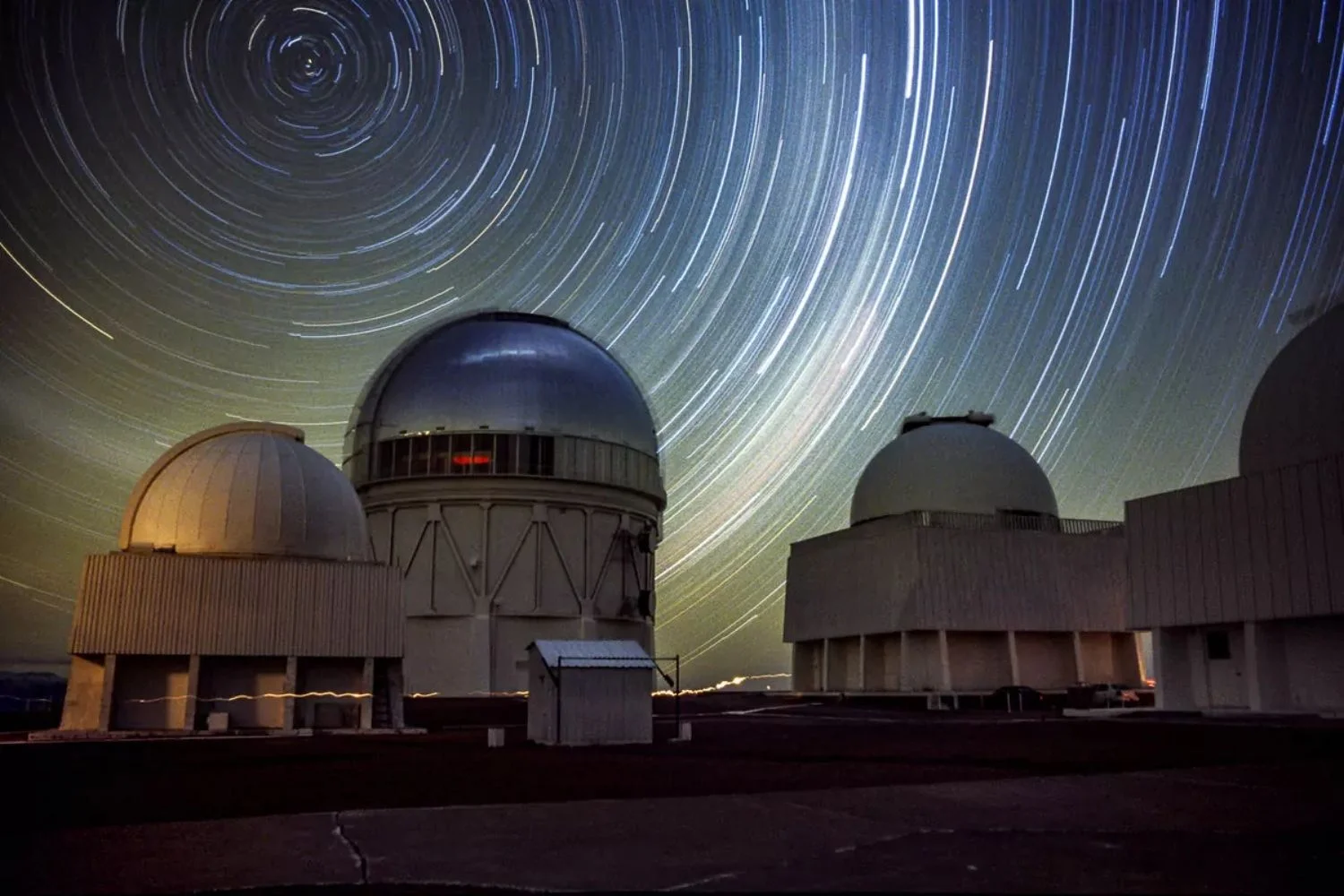
What is the Weather Like?
La Serena and El Norte Chico enjoy a mild, dry climate year-round. From December to March, daytime highs hover around 70ºF, with comfortably cool nights in the mid-50s. The cooler season, spanning May to October, brings slightly lower temperatures—rarely exceeding 65ºF—and more frequent morning clouds that typically give way to clear skies by afternoon. The region’s consistent sunshine and low humidity make it an inviting destination in any season.
No matter when you visit, the weather in this area can surprise you. Mist and rain can be present at any time of the year. These averages are changing, please check extended weather forecasts using your favorite weather app prior to departure.
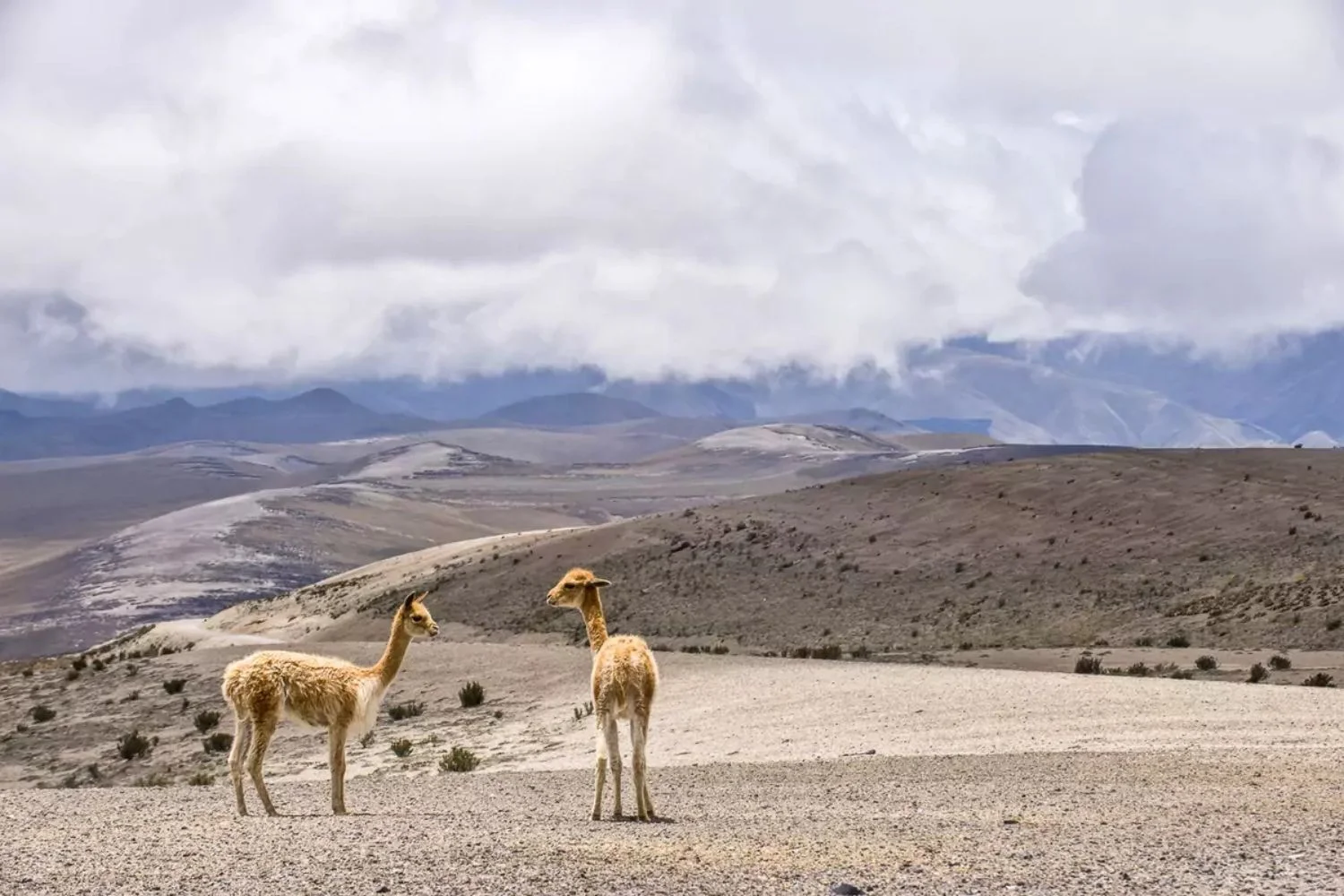
Getting There
La Serena is easily accessed by air, with direct flights from Santiago arriving at La Florida Airport (LSC) in just over an hour. The city lies 290 miles north of the capital, and for those preferring to travel by land, the drive from Santiago takes approximately five hours.
Start your journey today
LANDED delivers the finest in custom, private travel to Central America, South America, and Antarctica. These regions are our passion; we know them first-hand and by heart. Speak with one of our travel designers and let us create a tailored itinerary for you in La Serena and Norte Chico.
How to combine La Serena & Norte Chico
Have some extra time? Here are some options for you to combine with.


